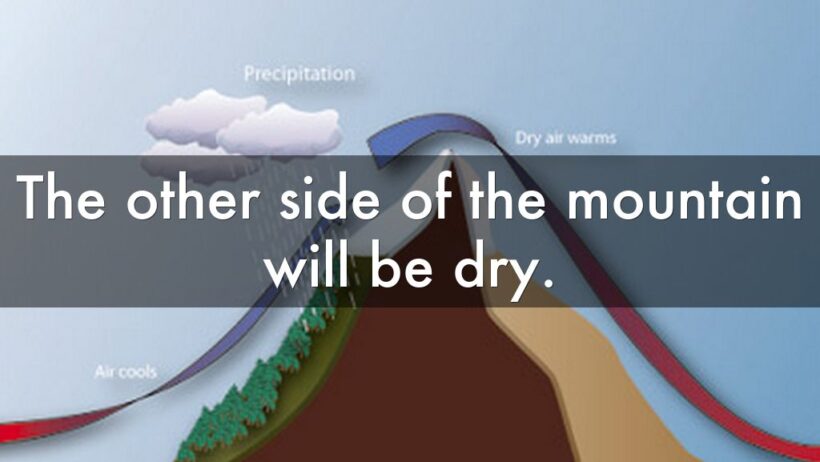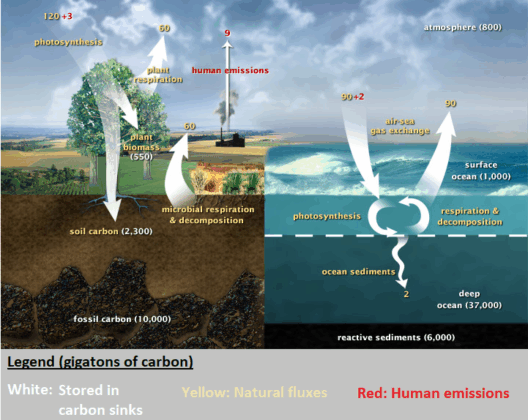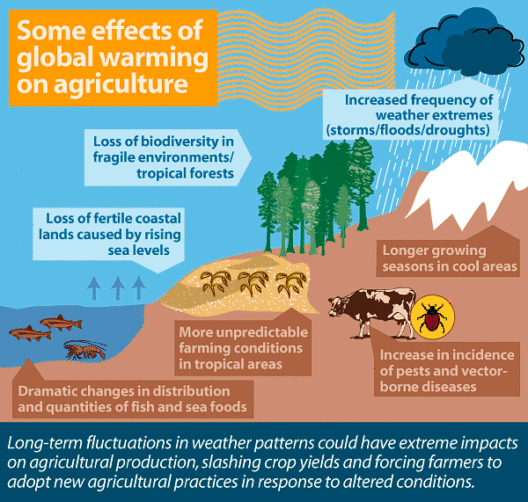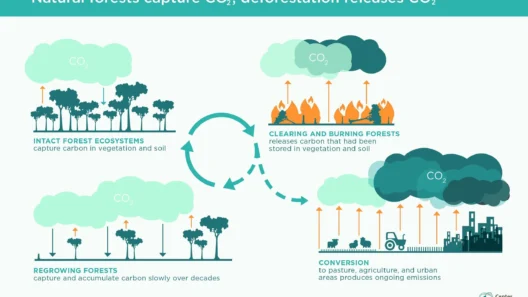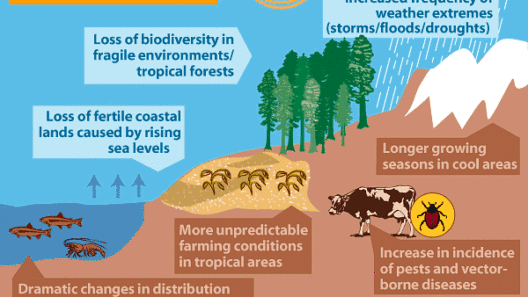Surface currents are the uppermost layer of oceanic water movement, driven primarily by wind patterns. These currents, while often considered mere phenomena of nautical navigation, play a pivotal role in global climate systems. Their omnipresence is a fascinating aspect of Earth’s hydrodynamic processes, stirring curiosity and prompting a deeper exploration of their intricate mechanisms and profound implications on climate change. Understanding surface currents transcends casual observation; it calls for an examination of their considerable impact on weather patterns, marine ecosystems, and, ultimately, human civilization.
At the core of surface currents is the interaction between the atmosphere and the oceans. The wind exerts frictional forces on the ocean’s surface, leading to the generation of currents that travel across vast distances. These currents can vary significantly in speed and direction depending on a myriad of factors such as wind strength, Earth’s rotation, and the configuration of coastlines. For instance, the Gulf Stream, an intensive warm surface current in the Atlantic Ocean, influences climate by transferring heat from the tropics toward the northern latitudes. This intricate web of currents creates a dynamic system filled with an ebb and flow that is critical to the Earth’s climate.
The connection between surface currents and climate is particularly evident in their role in heat distribution. Ocean surface currents transport warm and cold water across the globe, affecting regional climates. Warm currents elevate temperatures in coastal areas, while cold currents can lead to cooler conditions in adjacent regions. This phenomenon illustrates the complex interdependence between oceanic systems and atmospheric conditions, culminating in a feedback loop that can amplify or mitigate climate change effects.
Surface currents also serve as a key mechanism for influencing precipitation patterns. The temperature disparities caused by ocean currents can alter local humidity levels, thereby impacting storm generation and rainfall distribution. For example, the warm waters of the El Niño phenomenon can transform weather patterns drastically across the tropics and beyond, leading to heightened precipitation in some regions while provoking droughts in others. The repercussions of such shifts in weather can have dire consequences for agricultural stability and water resources, underscoring the necessity of understanding this climatic interplay.
Moreover, surface currents have significant implications for marine ecosystems. These currents are not merely trivial streams; they are conduits for the distribution of nutrients and marine life. Many marine species, including vital fish populations, rely on these currents for spawning and migration. Changes in surface current patterns can disrupt food webs and biodiversity, leading to a decline in marine resources which countless communities depend on for sustenance. The ramifications extend beyond ecological disruption; they encapsulate economic and cultural dimensions of those reliant on the ocean’s bounty.
Research has illuminated the intricate connections between surface currents and global climate change. As the planet warms due to anthropogenic carbon emissions, ocean temperatures rise, altering the fundamental properties of surface currents. This can result in the strengthening or weakening of certain currents, potentially exacerbating climatic extremes. As currents shift, so do the patterns of sea level rise, with warmer waters expanding and melting polar ice contributing to increasing levels that threaten coastal communities worldwide.
Despite the multifaceted importance of surface currents, their complexity presents significant challenges to researchers and policymakers. Accurate modeling of oceanic behavior requires sophisticated tools and multidisciplinary approaches. Climatic predictions hinge upon the ability to forecast changes in surface currents, demanding a comprehensive understanding that relies on advancements in oceanography, meteorology, and climate science. Investing in research and technological development is imperative for effective climate adaptation strategies.
The relationship between surface currents and climate is an exemplar of Earth’s interconnectivity, serving as a reminder that ostensibly isolated events can resonate throughout global systems. The convergence of ocean currents with atmospheric conditions paints a picture wherein climate change is not a distant threat; it is an immediate reality defined by complex interactions. Communities near coastlines are particularly vulnerable, facing the dual challenges of rising sea levels and altered storm patterns, necessitating proactive measures and informed policy responses.
Education plays a critical role in fostering awareness about this topic. Individuals equipped with knowledge about surface currents and their climatological impact are better poised to advocate for adaptive strategies in their communities. Schools, universities, and local organizations should prioritize climate education, emphasizing the importance of oceanic dynamics and the urgency of addressing climate change. Through informed discourse and collective action, society can mobilize toward sustainable practices that mitigate the detrimental effects of changing currents.
In conclusion, surface currents embody a tapestry of interconnected processes that underscore the delicate balance between the ocean and climate. Their profound impact extends beyond mere physical movement of water; they shape weather, support marine life, and influence human populations worldwide. As the climate crisis escalates, understanding these currents becomes ever more critical. Acknowledging their role is not just an academic exercise; it is imperative for appreciating and protecting the intricate systems that sustain both our planet and its inhabitants.



